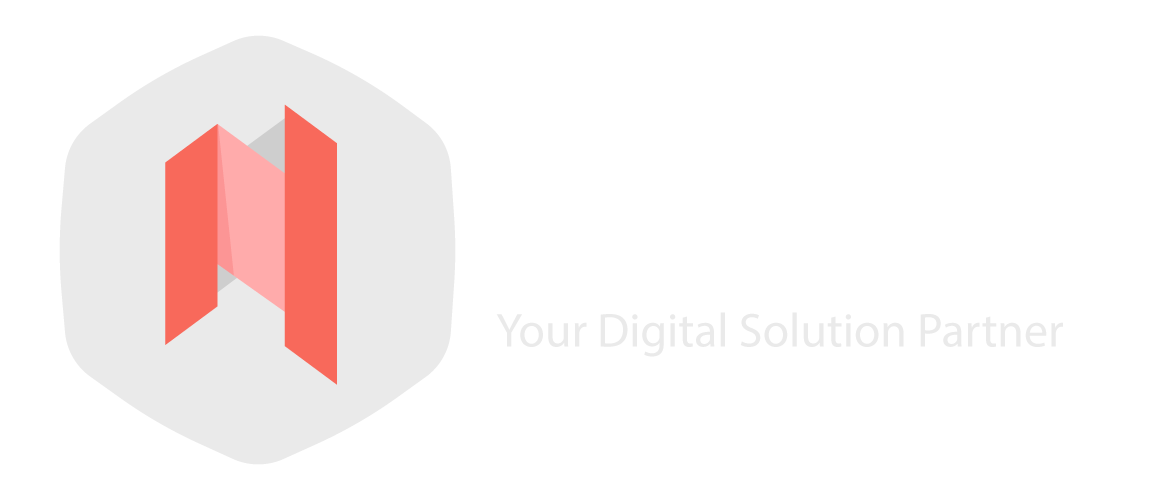In the ever-evolving landscape of technology, one paradigm continues to shape the way businesses operate and innovate: cloud computing. This transformative technology has become the backbone of countless enterprises, offering unprecedented flexibility, scalability, and efficiency. In this article, we’ll delve into the latest trends and innovations in cloud computing, compare different cloud service providers, and provide valuable tips for optimizing your cloud infrastructure.
Cloud Trends and Innovations:
1. Edge Computing and IoT Integration:
As we embrace the era of interconnected devices, the marriage of edge computing and cloud services is gaining momentum. Edge computing, which processes data closer to the source rather than relying solely on centralized cloud servers, enhances speed and efficiency. The integration of Internet of Things (IoT) devices with cloud computing facilitates real-time data analysis, making it a powerful trend to watch.
2. Serverless Computing:
Serverless computing represents a paradigm shift in cloud architecture, allowing developers to focus solely on code without the burden of managing infrastructure. This event-driven model scales automatically in response to demand, reducing costs and increasing agility. As serverless frameworks mature, expect to see more widespread adoption across various industries.
3. Hybrid and Multi-Cloud Strategies:
Enterprises are increasingly adopting hybrid and multi-cloud strategies to leverage the strengths of different cloud providers. This approach offers greater flexibility, redundancy, and mitigates vendor lock-in risks. Companies can optimize performance by distributing workloads across various cloud environments, tailoring their infrastructure to meet specific needs.
Comparisons of Different Cloud Service Providers:
1. Amazon Web Services (AWS):
As a pioneer in cloud services, AWS boasts a vast array of services and a robust global infrastructure. From compute power to machine learning and analytics, AWS is a go-to choice for enterprises seeking a comprehensive cloud solution. Its expansive ecosystem and market dominance make it a reliable option for businesses of all sizes.
2. Microsoft Azure:
Microsoft Azure has rapidly gained ground, offering a seamless integration with Windows environments and an extensive set of services. Azure’s commitment to hybrid cloud solutions and its strong enterprise focus make it a top contender. With a global network of data centers, Azure provides scalable and secure cloud solutions, along with advanced AI and analytics capabilities.
3. Google Cloud Platform (GCP):
Known for its expertise in data analytics and machine learning, GCP is a favorite among businesses looking to harness the power of big data. Google’s global network ensures low-latency access to services, and its commitment to sustainability aligns with the growing emphasis on eco-friendly technology. GCP’s innovative solutions and competitive pricing make it a compelling choice for forward-thinking enterprises.
4. IBM Cloud:
IBM Cloud distinguishes itself with a focus on hybrid cloud solutions, catering to businesses with complex infrastructure needs. With a strong emphasis on security and compliance, IBM Cloud is often chosen by industries with strict regulatory requirements. Additionally, IBM’s expertise in blockchain technology is a unique offering for businesses exploring decentralized solutions.
Tips for Optimizing Cloud Infrastructure:
1. Rightsize Your Resources:
One of the key elements in optimizing your cloud infrastructure is rightsizing resources. Regularly assess your computing, storage, and networking needs to avoid overprovisioning. Utilize monitoring tools to identify underutilized resources and make informed adjustments, ensuring cost-effectiveness without compromising performance.
2. Implement Automation:
Automation streamlines operations, reduces manual errors, and enhances scalability. Leverage automation tools to orchestrate workflows, deploy resources, and manage configurations. By automating routine tasks, your IT team can focus on strategic initiatives, improving overall efficiency and agility.
3. Embrace Cost Management Tools:
Cloud service providers offer robust cost management tools to help you understand and optimize your spending. Take advantage of these tools to track expenses, set budgets, and receive alerts for potential overspending. Implementing cost governance practices ensures financial transparency and allows you to allocate resources effectively.
In conclusion, navigating the cloud involves staying abreast of the latest trends, choosing the right cloud service provider for your needs, and implementing optimization strategies. As cloud computing continues to evolve, businesses that harness its full potential will position themselves for success in an increasingly digital world. Whether you’re exploring edge computing, comparing cloud providers, or fine-tuning your infrastructure, the cloud remains a transformative force driving innovation across industries.

